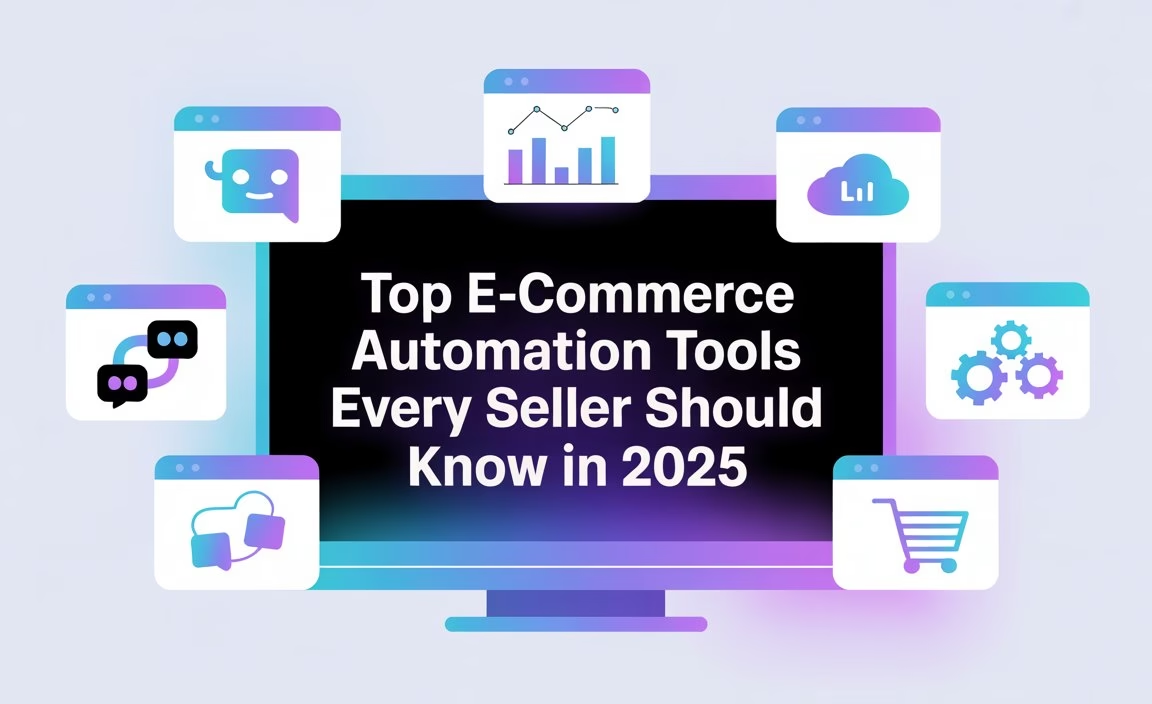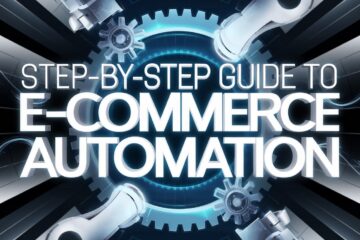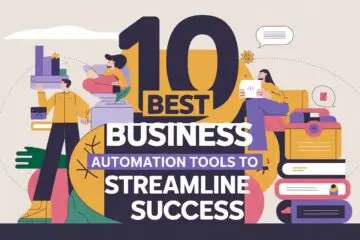“Is there a faster way to do all this?” That’s the question every online seller asks after spending one too many late nights replying to emails, fixing order errors, or chasing abandoned carts. If you’re nodding right now, you’re not alone—and you’re in the right place to explore the e-commerce automation tools that simplify every part of your work.
Let’s talk real solutions. Not complicated tech speak, but practical changes that make your business run smoother. With the right e-commerce automation tools, you’ll stop working overtime on things that should be happening automatically.
Why Sellers Are Switching to E-commerce Automation Tools in 2025

So, what’s the big deal about automation anyway?
Let’s say you’re running a store that gets 10 orders a day. That’s 10 tracking emails, 10 invoices, 10 updates to your inventory, and probably a handful of customer queries. Multiply that by 30 days? That’s 300 chances to get burnt out.
That’s why smart sellers automate. Not to “look advanced,” but to stop doing the same thing 50 different ways. Whether you’re a solo entrepreneur or managing a team, automation helps streamline tasks that don’t need daily decision-making. You stop chasing to-dos and start focusing on what moves the business forward.
If you’re new to automation, you can also read Shopify’s take on ecommerce automation to see how it’s evolving across platforms.
Here’s what you can expect when you start using the right e-commerce automation tools:
- Less stress, more flow: Your inbox won’t look like a warzone at the end of the day.
- Fewer mistakes: Automated systems reduce human errors that cost you time and refunds.
- Better customer experience: Orders, emails, and updates are faster and smoother.
- More freedom to grow: When daily tasks run themselves, you can focus on scaling. Choosing your e-commerce automation tools wisely can save you time, reduce human error, and boost overall profitability.
Marketing-Focused E-commerce Automation Tools That Boost Visibility
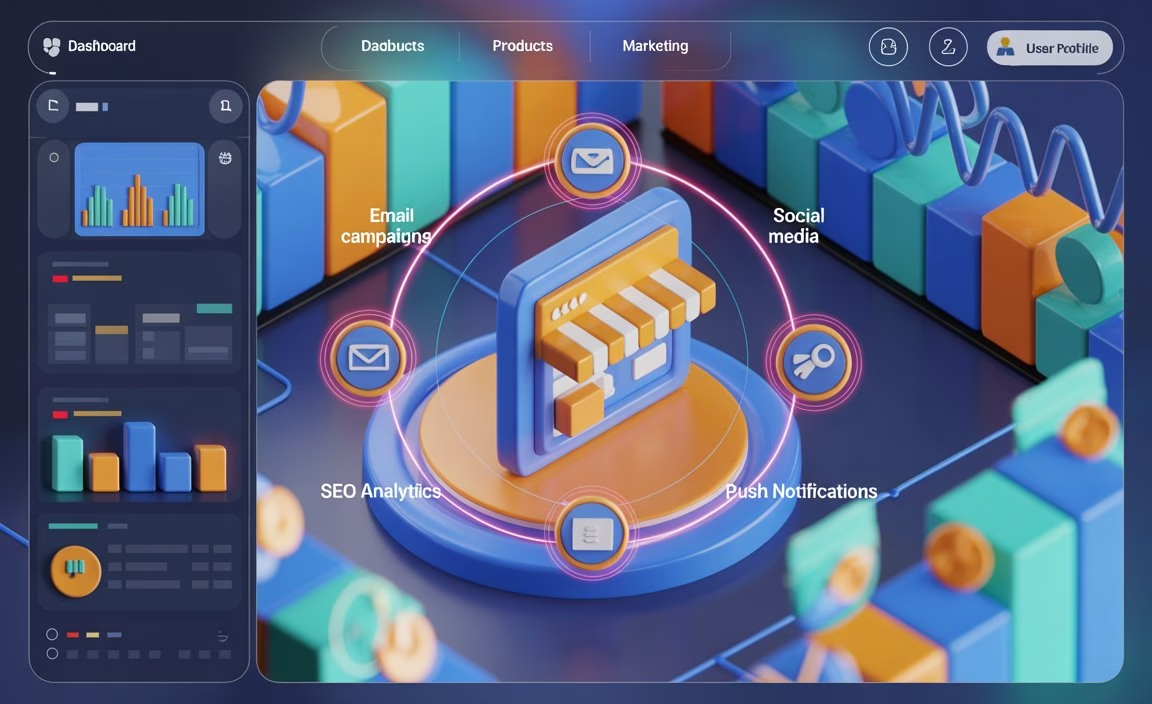
How These Tools Help You Stay Top of Mind Without Extra Work
“Do I really need email flows?”
Yes. And cart recovery. And smart product recommendations. But don’t panic—you don’t need to code anything. These tools do the heavy lifting. They let you show up consistently for your customers without writing every email manually.
With bold, timely campaigns, you stay top of mind long after the first visit. This kind of presence is what builds return traffic and loyal buyers. You don’t need to bombard people—just communicate with intention.
HubSpot shares actionable strategies for e-commerce marketing automation in this post.
- Klaviyo – Think of it as your personal email strategist. It sends the right message to the right person at the right time.
- Omnisend – Great for SMS, email, and even push notifications. It’s a multitasker.
- MailerLite – Light on budget, big on value. Perfect if you’re starting out.
- OptinMonster – Want more leads without being pushy? This pop-up tool gets it done.
E-commerce Automation Tools for Smarter Inventory and Fulfillment
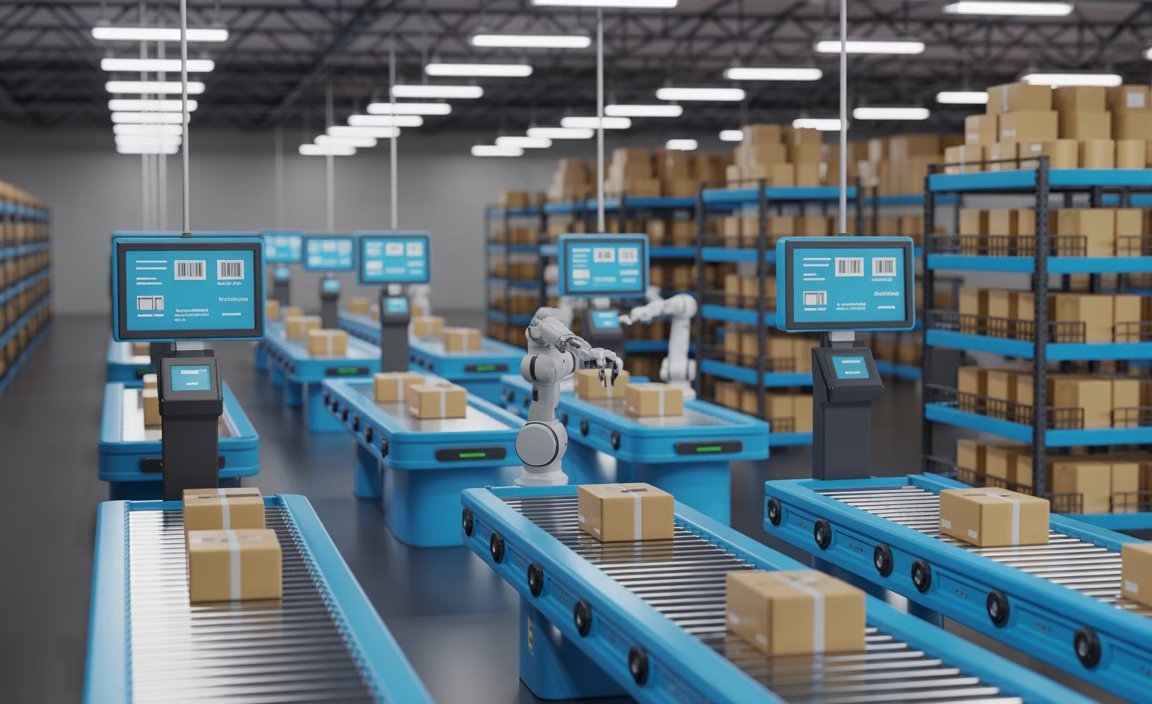
Why Automating Stock, Orders, and Shipping Saves Time and Money
“I keep losing track of what’s in stock…”
You’re not alone. A lot of sellers struggle with syncing stock across platforms. Here’s how to take control. These tools that automate order processing save hours of manual work and eliminate double-checking spreadsheets.
Whether you’re running flash sales or daily restocks, you need systems that keep up in real-time. Stockouts, backorders, and shipping delays become rare once your inventory syncs automatically.
- Orderhive – Real-time inventory updates, barcode support, and shipping all in one spot.
- Zoho Inventory – If you sell on Amazon, eBay, and your site, this tool will save your sanity.
- ShipStation – Automates shipping labels, tracking, and integrations with top couriers.
- Cin7 Core – Best if you’ve got multiple warehouses or suppliers to manage.
Platform-Specific E-commerce Automation Tools: Spotlight on Shopify
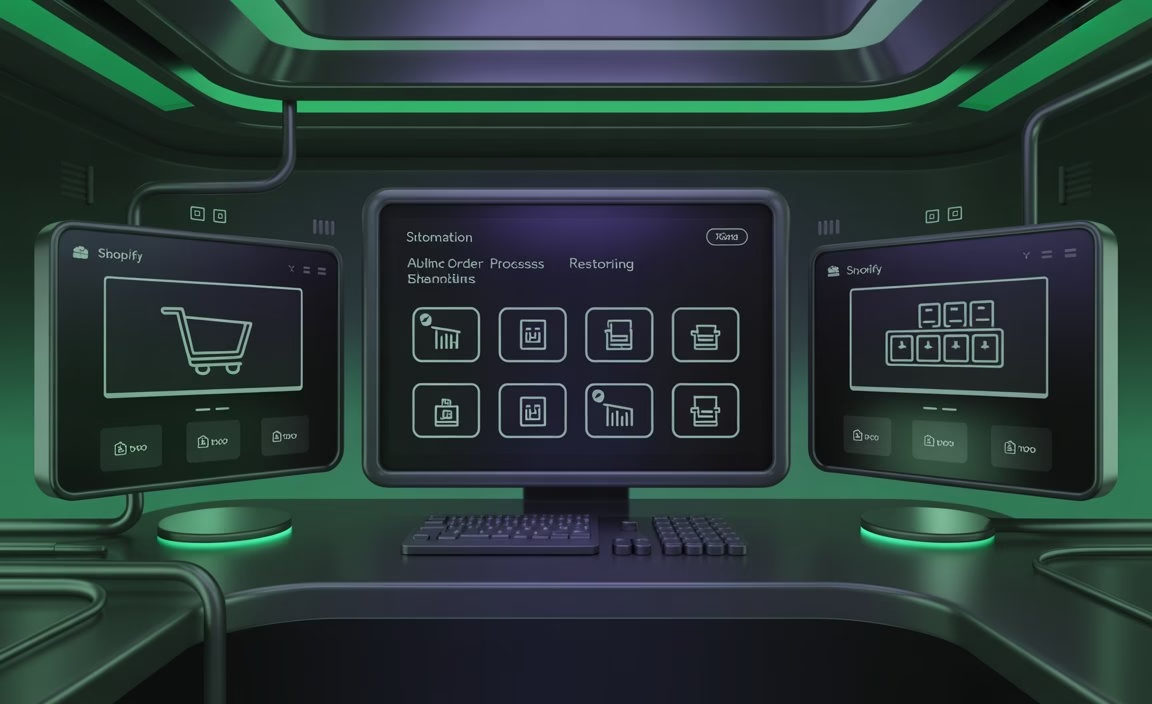
How Shopify Tools Replace Manual Repetitive Work
“Can Shopify do more than just take payments?”
Yes—and with the right tools, it can run much of your store on its own. If you’re a Shopify seller, it makes sense to tap into Shopify automation tools built specifically for that platform. These tools handle everything from restocking alerts to tagging VIP customers.
With built-in triggers, you can reward loyal shoppers, flag high-value orders, or follow up on browsing behavior—all without writing a line of code. It’s how growing brands are scaling smarter. Many small businesses today are scaling faster by utilising the right mix of e-commerce automation tools, rather than hiring large teams.
- Shopify Flow – Trigger-based automation for Shopify Plus users that connects behavior to instant actions.
- Zapier – Not just for Shopify, but it links your store to 5,000+ apps.
- Make (Integromat) – A visual automation builder that lets you customize workflows quickly.
- Loox – Automates product review collection and display for social proof.
E-commerce Automation Tools That Improve Customer Support

Make Buyers Feel Heard Without Being Online 24/7
“What if I’m not around when a customer has a question?”
That’s where automation shines. You’re not ignoring customers—you’re helping them faster, smarter. Using tools that automate customer support makes sure your buyers always feel heard—even when you’re asleep or managing orders.
You can set up FAQs, bots, and email replies based on keywords. This isn’t about replacing human help, but about showing up on time with real answers. Happy customers become returning customers.
- Tidio – Chatbots, live chat, and even Instagram DMs—all in one dashboard.
- Gorgias – Built for e-commerce. Connects directly to your order data, so agents (or bots) can give real answers fast.
- Zendesk – Reliable and trusted. Think helpdesk, FAQs, and ticket systems.
- Re:amaze – Does support and marketing in one. Smart, right?
Workflow Automation for Online Stores Made Easy

Connect Your Store’s Moving Parts With Automation Logic
“Can my tools talk to each other?”
Yes—with the right connectors. The key to running a smarter operation is having all your platforms communicate. That’s what workflow automation for online stores is really about—linking apps so tasks happen on their own, behind the scenes.
If you’re looking to scale not just your store but your entire operations, you’ll also want to check out these business automation tools that streamline success.
You can trigger email sequences, sync new products, or alert your team to low stock—all automatically. This removes the need to jump between tabs and duplicate work. It’s smooth, efficient, and scalable. Zapier explains how workflow automation simplifies day-to-day tasks in this guide.
- Zapier – The king of automation bridges. Connect thousands of apps and automate just about anything.
- Make (formerly Integromat) – Drag, drop, and build automation visually. It’s flexible and user-friendly.
- Shopify Flow – Ties behavior to backend actions seamlessly.
- Automate.io (if available) – Great for beginners who want quick automation wins.
Analytics That Show You What’s Working (And What Isn’t)

Let Data Tell You Which Automation Actually Works
“I have data… but what does it even mean?”
It’s easy to feel overwhelmed by graphs. The right tools break it down and help you make better decisions. With smarter analytics, you stop guessing and start adjusting based on what your customers are actually doing.
From marketing to shipping, e-commerce automation tools are making it easier than ever to run a store that feels professional from day one.
You’ll understand which campaigns drive clicks, where users drop off, and how to improve conversions. This is one area where insight truly is power.
If you want to go deeper into automation, systems, and smarter digital growth, explore the full e-business blog series here.
- Google Analytics 4 – Tracks how customers find and move through your site.
- Hotjar – Heatmaps show where people click, scroll, and drop off.
- Lucky Orange – Lets you watch live visitor sessions. It’s like seeing your store through your customer’s eyes.
- Triple Whale – Tailored specifically for e-commerce. Great for ad tracking too.
Free Automation Tools for Beginners Who Want to Start Smart
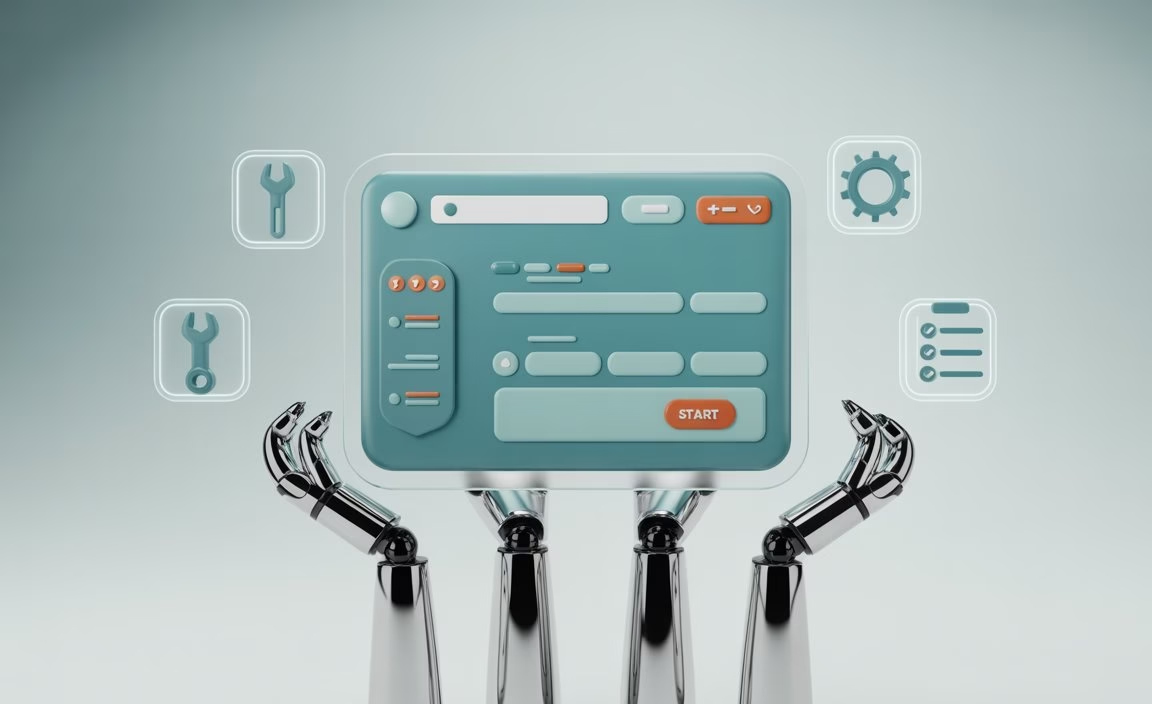
Start With Free Plans and Upgrade as You Grow
“Do I need to spend a fortune on all this?”
No. You don’t have to go premium on day one. In fact, several platforms offer free automation tools for beginners that are reliable, easy to use, and come with solid features.
Start small. Learn how they work. Then, as your store grows, you can upgrade without losing momentum. It’s about building lean, not late. If you’ve been struggling to stay organized, the right e-commerce automation tools can bring order to your store’s backend chaos.
- MailerLite, Tidio, and Zoho Inventory have generous free plans.
- Zapier’s free version is enough for simple workflows.
- Hotjar’s basic plan gives you core insights without the price tag.
- Make’s free plan lets you create up to 1,000 operations per month.
Final Thoughts: Build a Business That Works While You Sleep
You don’t have to do it all. And honestly? You shouldn’t. In 2025, smart sellers are looking for freedom, not just profits. Tools are here to serve you, not overwhelm you.
If you’re still manually entering orders, chasing late payments, or sending every marketing email yourself—it’s time to shift gears. Even small changes, like one email sequence or an automated order tracker, can give you breathing room.
Start with one task. Then add one more. Let e-commerce automation tools build you a business that runs without running you down.
Looking for a gentle starting point? I’ve already shared it here: Beginner’s guide to e-commerce automation. Give it a read—it walks you through what to automate first and how to keep it simple.

